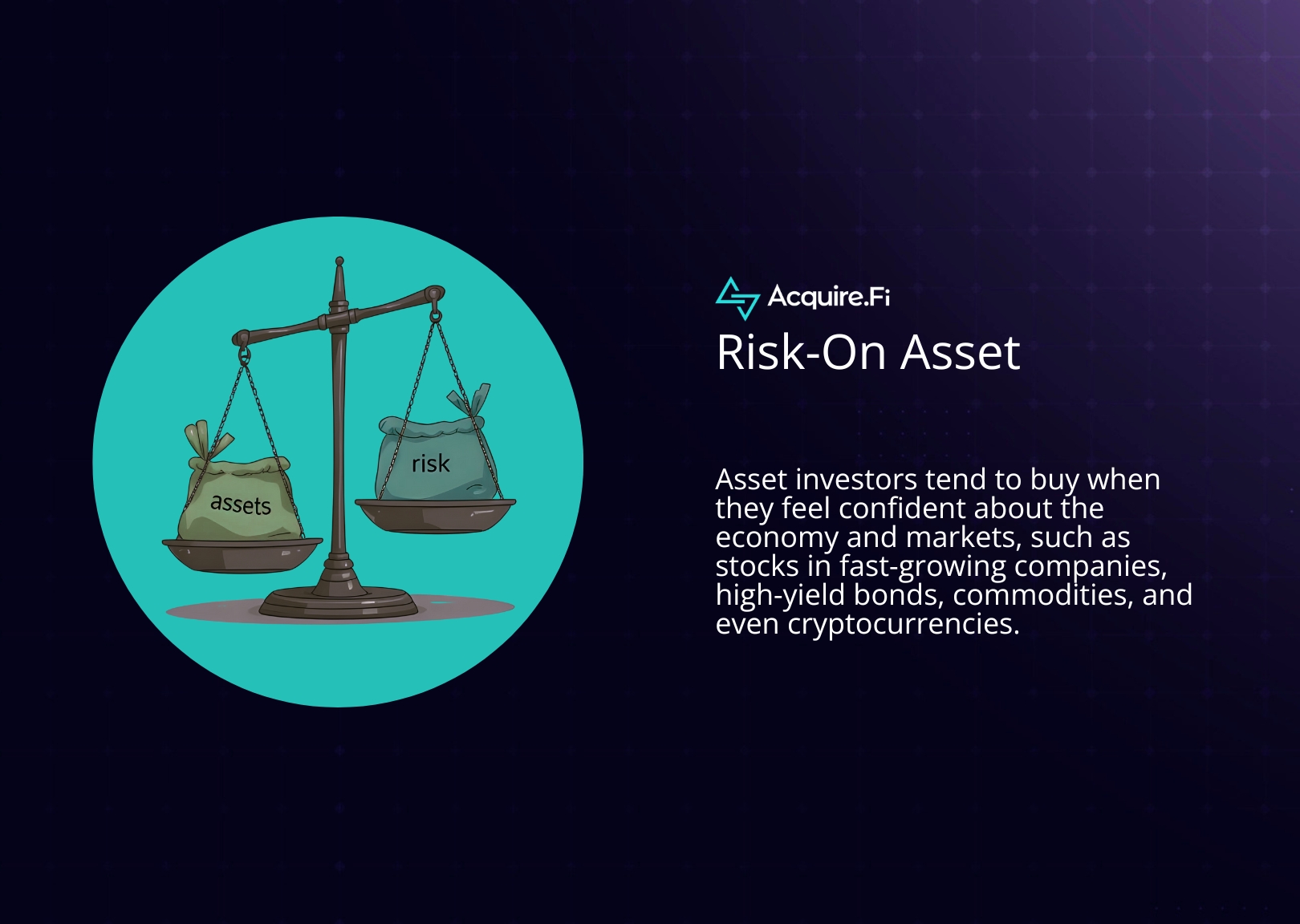Real Estate Portfolio Diversification
Real estate portfolio diversification is a strategic approach that involves spreading investments across various types of properties and geographic locations to mitigate risk and enhance returns. This strategy is crucial because it mitigates risks associated with market fluctuations and economic downturns, ensuring a more stable and resilient investment portfolio.
5 Ways to Diversify Your Real Estate Portfolio
Here are 5 ways how you can diversify your real estate investments:
Property Types
Diversifying your real estate portfolio across various property types is fundamental to balancing risk and return. By investing in a mix of residential properties (such as single-family homes and multi-family apartments), commercial properties (including office buildings and retail spaces), industrial properties (like warehouses and manufacturing facilities), and retail properties (such as shopping centers and strip malls), you can spread out your risk.
Each type of real estate property responds differently to market conditions and economic cycles, helping to smooth out overall portfolio performance. For example, residential properties may provide stable rental income, while commercial and industrial properties might offer higher yields and long-term appreciation.
Geographic Locations
Geographic diversification involves spreading your investments across multiple cities, states, or even countries. This strategy reduces exposure to local market risks, such as economic downturns, regulatory changes, or natural disasters specific to a particular area.
Investing in diverse locations ensures that poor performance in one region can be offset by stronger performance in another. For instance, a downturn in the real estate market of one city might be mitigated by growth in another, protecting the overall value of your portfolio.
Investment Vehicles
Using a combination of different investment vehicles can enhance diversification and provide varied exposure to the real estate market. Direct property ownership involves purchasing physical properties, which offers control and the potential for significant appreciation. Real Estate Investment Trusts (REITs) allow you to invest in large-scale income-producing real estate through the stock market, providing liquidity and passive income. Real estate mutual funds pool resources from investors to invest in a diversified portfolio of real estate assets, offering professional management and diversification. Crowdfunding platforms enable smaller investors to participate in larger real estate projects by pooling their funds, giving access to investments that might otherwise be out of reach.
Additionally, considering alternative investments such as private equity real estate funds and real estate partnerships can provide unique opportunities and further diversify your portfolio. These alternative investments often involve less traditional approaches and can offer higher returns, albeit with higher risks.
Investment Strategies
Employing a range of investment strategies is crucial for balancing short-term gains and long-term growth. The buy-and-hold strategy involves acquiring real estate properties to generate rental income and capitalize on long-term appreciation. Value-add strategies focus on purchasing underperforming properties, improving them through renovations or better management, and then selling them at a profit. Development projects involve constructing new properties or major redevelopment of existing ones, offering significant profit potential but with higher risk. Fix-and-flip involves buying properties, renovating them quickly, and selling them for a profit, providing short-term gains but requiring active management.
Tenant Mix
Ensuring a diverse tenant base across different industries and sectors helps to minimize dependency on any single type of tenant. For instance, having a mix of residential tenants, retail businesses, office occupants, and industrial users can protect against sector-specific downturns. If one sector faces economic challenges, the impact on your overall portfolio can be mitigated by the stability of tenants in other sectors. This approach enhances the reliability of your rental income and reduces the risk associated with tenant defaults.
Diversification Across Multiple Asset Classes
Incorporating real estate as part of a broader investment strategy that includes other asset classes like stocks, bonds, and commodities can further enhance the resilience of your portfolio. Real estate often behaves differently from these asset classes, providing a hedge against market volatility and economic downturns. This broader diversification ensures that the performance of your real estate investments is complemented by other investment vehicles, leading to a more robust and well-rounded portfolio.
Benefits of a Diversified Real Estate Portfolio
Reduced Risk
Diversification spreads risk across different assets, minimizing the impact of any investment's poor performance. By investing in various property asset classes and locations, you can buffer against market volatility and economic events, ensuring a more stable portfolio. This strategy ensures that a downturn in one segment, like retail properties, doesn't heavily impact your entire investment portfolio, as other segments like residential or industrial properties might still perform well.
Enhanced Returns
A well-diversified portfolio can achieve more stable and potentially higher returns over time. By capturing growth opportunities in different sectors and regions, you benefit from the unique advantages each investment offers, leading to balanced performance across various market conditions. Diversification within real estate portfolios allows investors to tap into the growth potential of multiple markets and property types, ensuring a more robust overall return.
Greater Flexibility
Diversification provides flexibility in managing cash flow and adapting to market changes. A diverse range of investments ensures a steady income stream from various sources, allowing you to adjust your strategy in response to economic shifts and market trends. This approach enables you to generate income from multiple property locations and types, reducing dependency on any single source and enhancing overall portfolio stability.
Hedge Against Inflation
Real estate generally serves as a good hedge against inflation, with property values and rental incomes rising over time. Diversifying your portfolio strengthens this protection by spreading investments across different locations and property types, preserving overall value, and providing stable income that keeps pace with inflation.
Increased Market Opportunities
Exposure to various real estate markets and property types leads to more growth opportunities. Diversification allows you to tap into different economic cycles and capitalize on the unique prospects of each market, enhancing the robustness and potential of your investment portfolio. For example, incorporating commercial real estate into your portfolio alongside residential and industrial properties can provide access to different growth dynamics and income streams, thereby maximizing overall returns and reducing risk through varied market exposure.
Drawbacks of Not Diversifying
Concentration Risk
Investing heavily in a single property type or location increases vulnerability to specific market downturns. For example, if all your investments are in residential properties in one city, an economic downturn or housing market crash in that area could significantly impact your entire portfolio. Diversification across property types and locations helps mitigate this risk by spreading exposure and reducing reliance on any single market.
Volatile Cash Flow
Relying on one type of investment can lead to unpredictable income streams. If you depend solely on rental income from a specific property type, such as commercial buildings, an economic downturn affecting businesses could result in increased vacancies and lower rental income. By diversifying across multiple property types and investment vehicles, you can stabilize your cash flow and reduce income volatility.
Limited Growth Potential
Lack of diversification can limit exposure to potentially lucrative markets and property types. By focusing on a single type of investment, you may miss out on opportunities in other sectors that could offer higher returns or significant appreciation. For instance, concentrating on just residential properties might exclude you from the potential high yields of commercial or industrial properties. This narrow focus can hinder your ability to achieve substantial growth.
Higher Impact of Economic Cycles
A non-diversified portfolio is more susceptible to the adverse effects of economic cycles and sector-specific downturns. For instance, if your investments are concentrated in the retail sector, an economic recession could lead to higher vacancy rates and lower rental income as consumer spending declines.
Increased Risk of Tenant Default
A concentrated tenant base increases the risk of significant income loss if tenants default or vacate. If your portfolio relies heavily on a few tenants or a single industry, any financial difficulties faced by these tenants can result in substantial income loss. Diversifying your tenant base across different industries and property types reduces this risk and ensures a more reliable income stream.
Conclusion
Diversifying your real estate portfolio is an essential investment strategy for any serious investor. It helps mitigate risks, ensures more stable cash flows, and positions your investments to take advantage of growth in various markets and property types. By spreading your investments across different segments and geographies, you can create a resilient portfolio that withstands market fluctuations and economic cycles, ultimately leading to more consistent and potentially higher returns.
Remember, a well-diversified real estate portfolio is the cornerstone of sustainable long-term investment success. Incorporating various methods and strategies in real estate investing not only enhances your portfolio's resilience but also maximizes potential growth opportunities.












.webp)